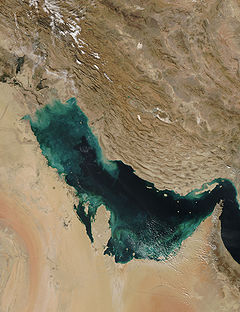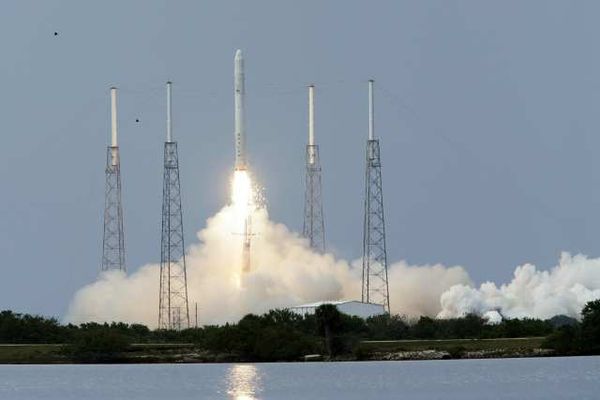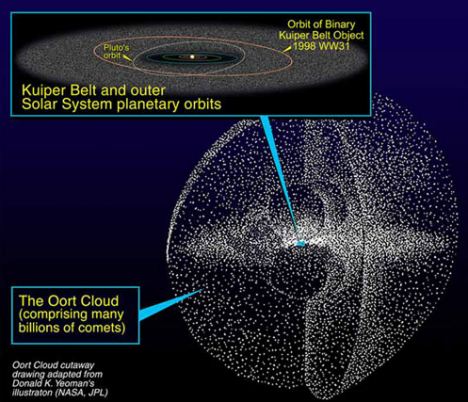
© WikipediaPersian Gulf from space.
Veiled beneath the Persian Gulf, a once-fertile landmass may have supported some of the earliest humans outside Africa some 75,000 to 100,000 years ago, a new review of research suggests.
At its peak, the floodplain now below the Gulf would have been about the size of Great Britain, and then shrank as water began to flood the area. Then, about 8,000 years ago, the land would have been swallowed up by the Indian Ocean, the review scientist said.
The study, which is detailed in the December issue of the journal
Current Anthropology, has broad implications for aspects of human history. For instance, scientists have debated over when
early modern humans exited Africa, with dates as early as 125,000 years ago and as recent as 60,000 years ago (the more recent date is the currently accepted paradigm), according to study researcher Jeffrey Rose, an archaeologist at the University of Birmingham in the U.K.
"I think Jeff's theory is bold and imaginative, and hopefully will shake things up," said Robert Carter of Oxford Brookes University in the U.K. in an e-mail to LiveScience. "It would completely rewrite our understanding of the out-of-Africa migration. It is far from proven, but Jeff and others will be developing research programs to test the theory."
Viktor Cerny of the Archaeogenetics Laboratory, the Institute of Archaeology, in Prague, called Rose's finding an "excellent theory," in an e-mail to LiveScience, though he also points out the need for more research to confirm it.


Comment: This object is the moon. The author of this video confused the SOHO satellite with the SDO satellite. AIA 304, referred to above, is an instrument on SDO, and not on SOHO. You can see on this archive site that the images actually come from the SDO satellite. SDO is in geosynchronous orbit because of the high data bandwidth and its 36000 km orbit is well within the lunar orbit. This video shows another example of a lunar transit as seen by the SDO satellite.
Additionally, SOTT.net made an approximate simulation with the Celestia solar system simulator. SDO is always positioned about 36000 km over Mexico/Ecuador/Chile. Inside the Celestia program, we've positioned ourselves approximately at those coordiates, and set the time to 6th of December, about 3 a.m. The result: